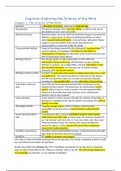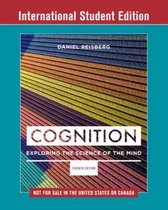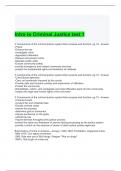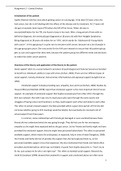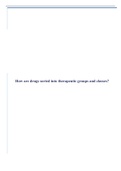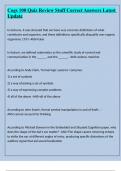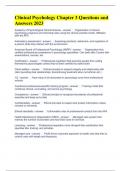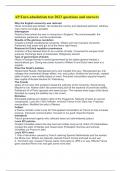Samenvatting
Summary Cognition Exploring the Science of the Mind
Summary of the book Cognition Exploring the Science of the Mind. This book is used in the second year of studying psychologie at the univeristy of Groningen. This book is used teaching the subject Cognitive psychology. The chapters 1, 3, 4, 5, 6, 7, 8, 9, 10, 12 and 13 are summarized.
[Meer zien]
